- Destinations
- Travel Styles
- About Us
- Contacts
- Destinations
- Travel Styles
- About Us
Ethnic markets in Northern Vietnam are fascinating and captivating places. They showcase the richness and diversity of the country's various ethnic minorities. These markets, bustling one day a week, offer an authentic and lesser-known side of Vietnam. In this article, we have compiled the 7 most famous ethnic markets, organized by the day of the week, to help you plan your visit and enjoy a unique experience during your stay in Northern Vietnam.
Similar to traditional markets, ethnic markets are particular places for ethnic minority populations to buy and sell goods while exhibiting unique regional products like handcrafted crafts, regional specialties, agricultural products, and fruits grown in the mountains. Vietnam is a culturally rich country with 54 different ethnic groups living in a colorful mosaic.
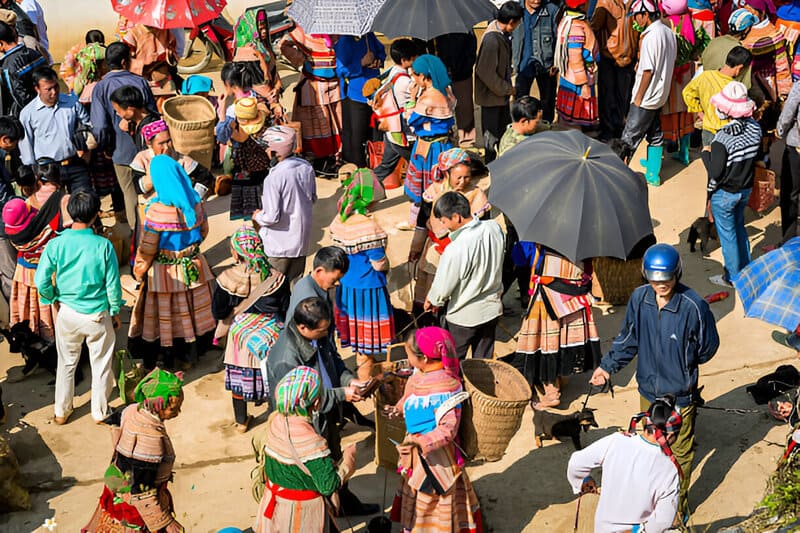
An ancient tradition holds that all individuals are descended from the same gourd, and that their diverse appearances and attire represent a shared lineage and unity. The vast cultural legacy of Vietnam's minority groups is demonstrated by the fact that, despite being a cultural constant, ethnic marketplaces differ greatly from one region to another and from ethnicity to ethnicity.
>>> Read more: Bac Ha 101: 7 Highlights of Vietnam's Northwest Ethnic Land
.jpg)
Ban Phiet market is smaller and less crowded than other ethnic markets, making it a friendly place for anyone who would rather stay away from tourist hotspots. Instead of tourist gifts, the market is full with locally made items meant for daily use. The kiosks are filled with colorful patchwork bags, traditional attire, and fresh produce that is sold right on the ground.
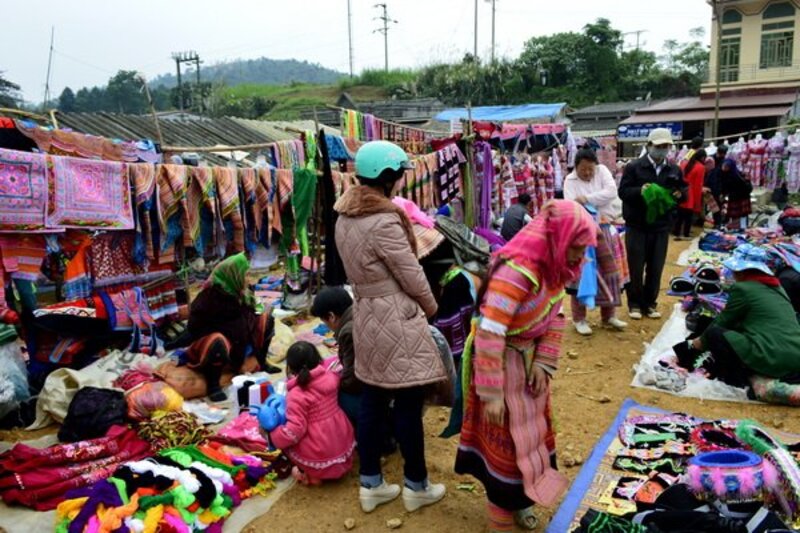
Women carry their products in big woven baskets strapped to their backs while they negotiate over pricing. The market provides an insight into the real-life experiences of the ethnic communities that call the area home, particularly the White Hmong. Visitors may easily navigate between fabric stalls, fresh fruit, and other vendors thanks to the space's compact and open architecture.
.jpg)
Coc Ly Market offers a more dynamic experience for a livelier ambiance than Ban Phiet. It is a hidden jewel that is still undiscovered, surrounded by lush forests, stunning waterfalls, and secret caverns. With traders from three different ethnic minority groups—the Flower Hmong, Black Dao, and Phu La - Coc Ly is bigger and more organized than Ban Phiet.
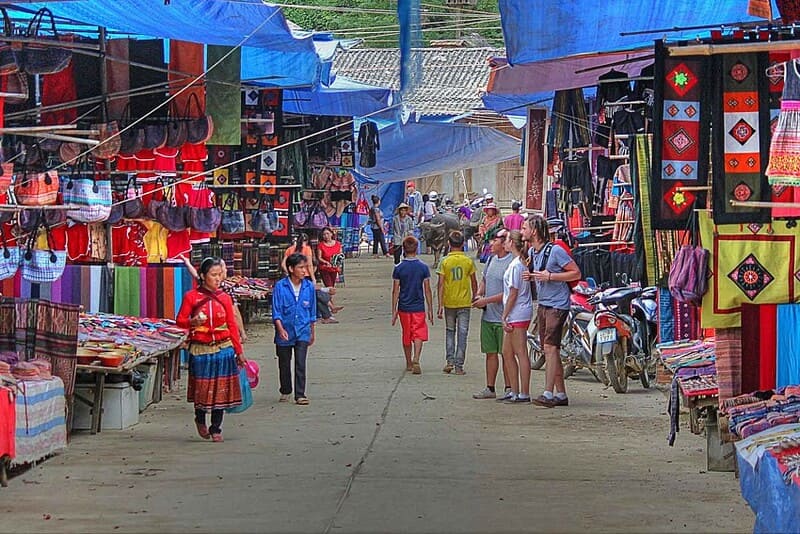
With distinct divisions for textiles, mountain goods, and livestock, including the market's specialty horses and buffalo, the market is well-organized. Bartering, which involves exchanging things instead of cash, is one of the most notable aspects of Coc Ly. "Goods for goods," a traditional exchange mechanism, is uncommon in contemporary marketplaces and makes Coc Ly truly unique among the ethnic markets of Northern Vietnam.
>>> Learn More: Essence of Northern Vietnam 7 days
Surrounded by beautiful terraced rice farms and verdant cornfields, Cao Son Market is situated in an awe-inspiring natural setting. Because of its isolation and closeness to the Sino-Vietnamese border, it is a less crowded and more genuine destination. A variety of ethnic groups, many of whom come from China to attend the market, may be found here, including the Flower Hmong, Black Dao, Nung, Tu Di, and Di Pa.
.jpg)
For those who want to experience real local culture, this market is a gem because it is still one of the least visited ethnic marketplaces in Northern Vietnam. "Thang co," a classic horse flesh stew, is Cao Son Market's trademark dish and a favorite among adventurous foodies. Vegetables are the ideal accompaniment to this substantial entrée.
>>> Discover the Top Vietnamese Dishes to Try in Each Region!
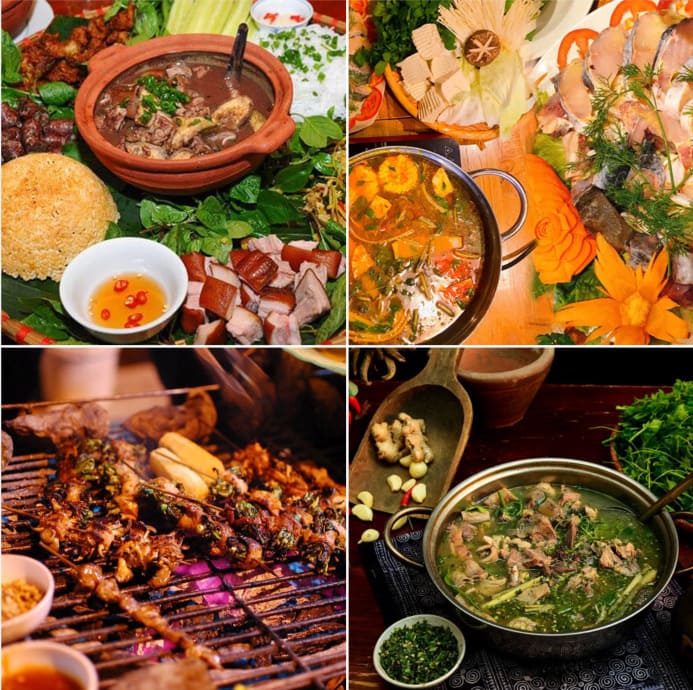
>>> Read more:
One of the most genuine ethnic markets in Northern Vietnam is Lung Khau Nhin Market, which provides a close-up view of locals' everyday routines. Ethnic groups such the Tai Lu, Tai Laos, White Tai, and Hmong are the main visitors to the market, where they purchase necessities like fruits, vegetables, seeds, and cattle.
.jpg)
You must cross Tram Tau Pass, Vietnam's highest mountain pass at 1,900 meters, in order to get to Lung Khau Nhin Market. A trip to the market is a genuinely unforgettable experience because of the breathtaking route over the mountains, which adds an additional dimension of adventure and excitement. This market provides a chance to observe the genuine way of living in this isolated area of Vietnam, making it a valuable gem for those willing to venture off the beaten path.
(For more information, please read: Sapa trekkings: Top 5 inspiring routes in Northern Vietnam)
Chau Market in the Muong Khuong region's commune of Lung Vai comes alive every Friday. During the 19th century, this market - one of the oldest ethnic marketplaces in Northern Vietnam - served as a major hub for social interaction and trade among the various ethnic populations in the area. People from a variety of ethnic groups, such as the Hmong, Lo Lo, Tay, Nung, and Giay, frequent this bustling marketplace nowadays and make sure not to miss a market day.
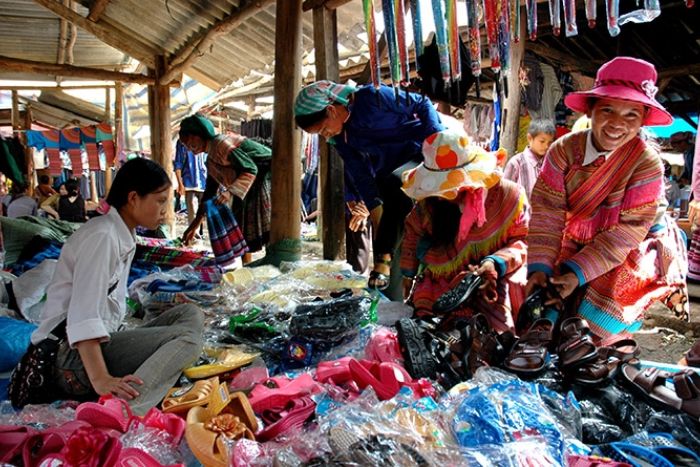
A vast array of products, including rice, corn, sweet potatoes, young bamboo, honey, and medicinal herbs, may be found as you browse the busy kiosks. After stopping to eat some of the regional fare, you might continue exploring and discover that there are a lot more traditional customs and activities have been lovingly preserved over generations.
Chau Market offers an authentic experience for anyone interested in exploring the rich cultural heritage of Vietnam’s northern ethnic communities.
One of the best ethnic marketplaces in Northern Vietnam is Can Cau Market, which is situated in Si Mai Cai commune, almost two hours from Lao Cai city. It offers a tranquil and genuine experience away from the bustle of the city, nestled in a charming valley encircled by terraced rice fields and cornfields.
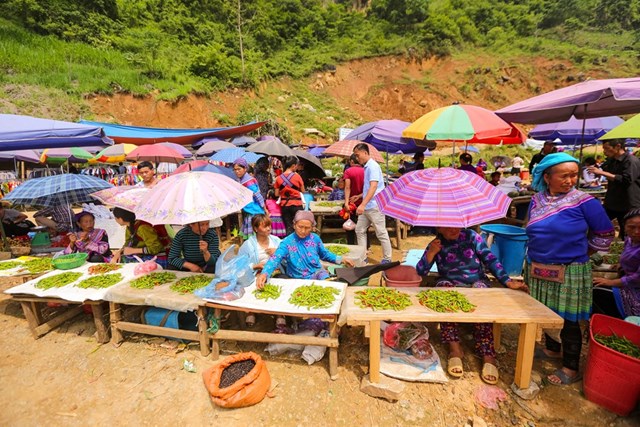
A variety of fresh fruits and vegetables, colorful fabrics, medicinal plants, traditional liquors, and livestock may be found as you stroll through the market. A memorable cultural experience is produced by the vibrant atmosphere of the market, which is brimming with the vitality of the inhabitants. If you're lucky, you may even see young people trying to entice a potential mate by dressing in their best traditional clothing.
Can Cau Market serves as a meeting point for several ethnic groups, including the Black Dao, Phu La, Tay, Nung, Giay, and Flower Hmong. These groups come together not only to trade but also to socialize, enjoying steaming bowls of food or even participating in a friendly cockfight.
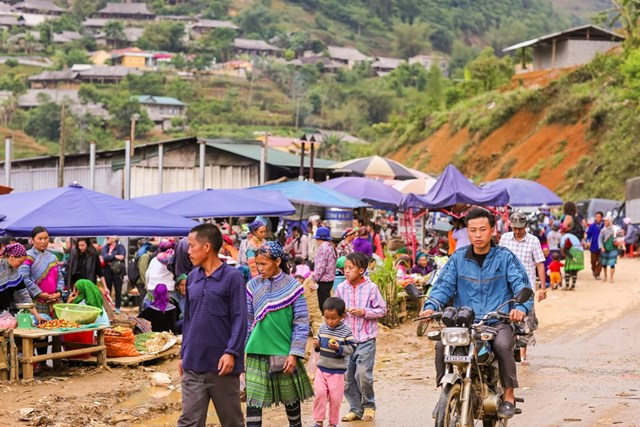
In terms of size and importance, Bac Ha Market is the biggest ethnic market in Northern Vietnam and one of the biggest in Southeast Asia. It brings together several ethnic minority groups, mostly Flower Hmong, but also Dao, Tay, and others every Sunday.
From livestock, fresh vegetables, and handicrafts to household goods and handcrafted apparel, Bac Ha Market offers a vast array of products that are carefully arranged into several areas.
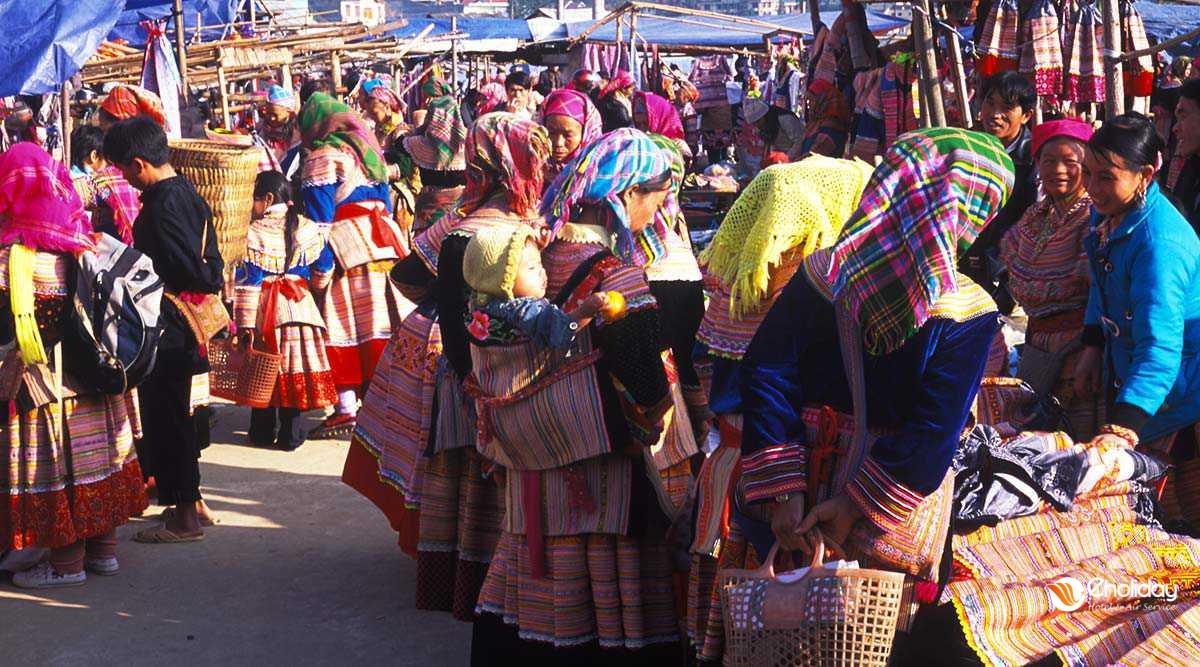
Explore North Vietnam markets with our private tours
Due to its accessibility and great beauty, Bac Ha Market also draws a sizable number of tourists each year. Even if some dubious mass-produced things have begun to appear, most products—such as stunning silver jewelry and exquisite hand-embroidered landscapes - remain genuine and handmade.
If you're interested in learning more about Bac Ha and exploring the rich culture of Northwest Vietnam, this market is the perfect place to start.
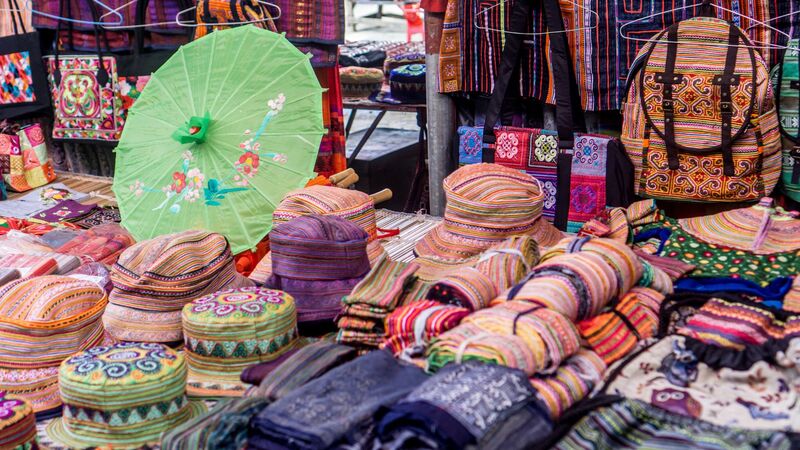
To make the most of these incredible markets, consider embarking on a multi-day excursion to visit the ethnic communities of Northern Vietnam, where you can admire the breathtaking mountain landscapes and terraced rice fields.
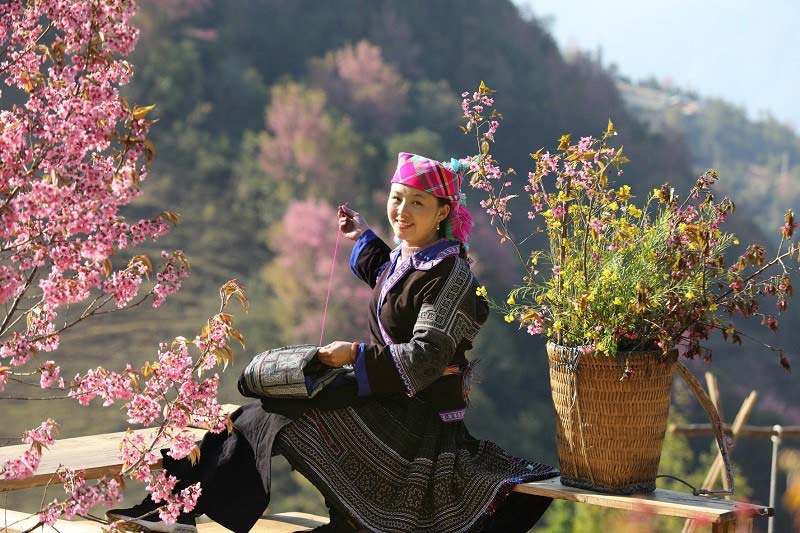
>>> Related topic: How to get to Sapa from Hanoi?
Exploring the ethnic markets of Northern Vietnam offers an unforgettable journey into the rich traditions and customs of the country’s minority communities. Each visit presents a unique opportunity to witness authentic local life, engage with friendly villagers, and experience the vibrant cultural diversity of the region.
For practical information on a Sapa excursion, check out our guide to help you plan the perfect adventure.
>>> Also read:
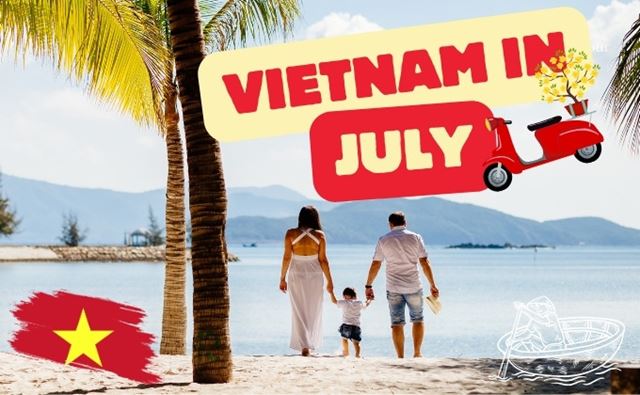
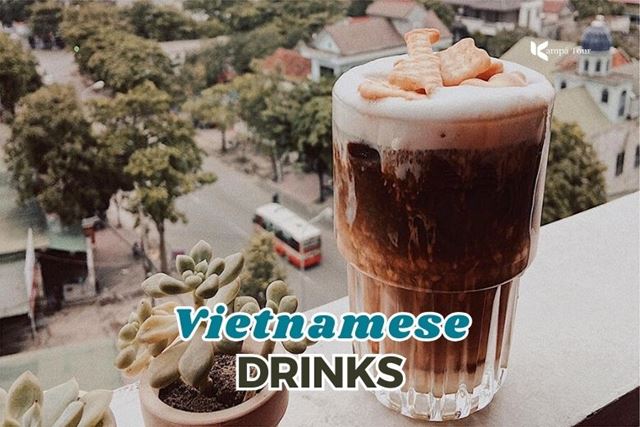
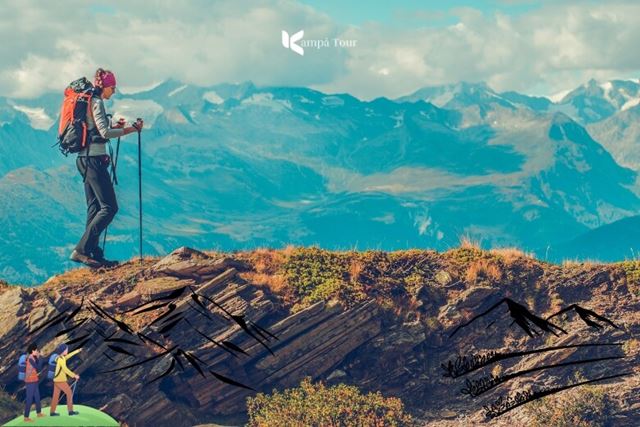
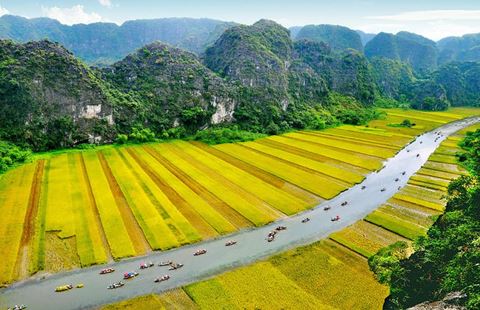 The must-sees
The must-sees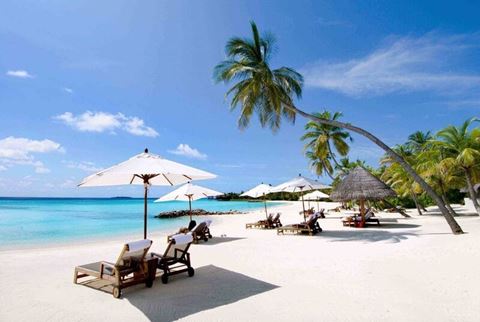 Beaches & Relaxation
Beaches & Relaxation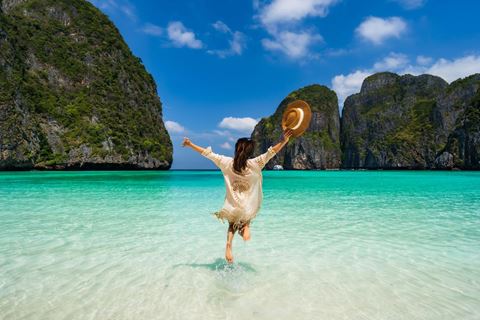 Classic and relaxation
Classic and relaxation The must-sees
The must-sees